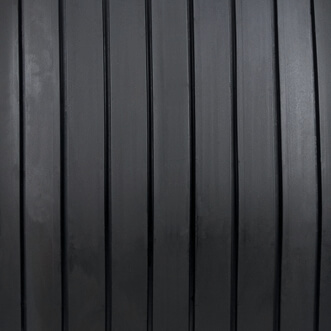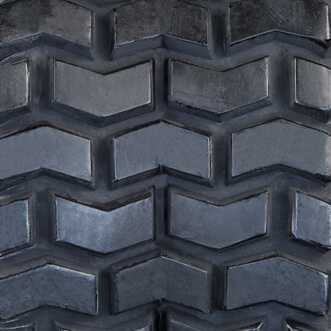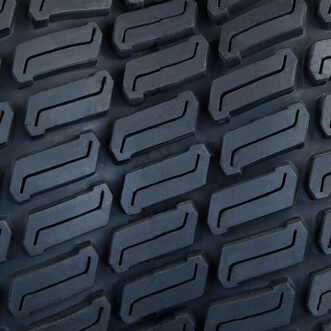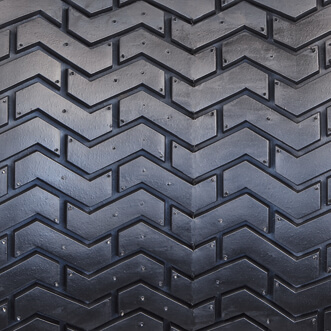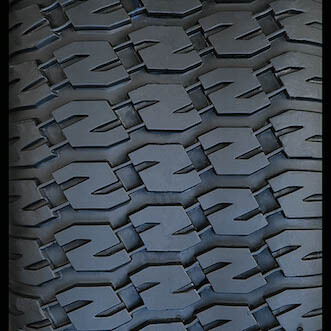How to Interpret the Information on a Ride-on Mower Tyres Sidewall
Date Posted: 14 April 2022
Replacing old, worn-out, or damaged ride-on mower tyres are easy to replace yourself and much cheaper than taking the mower to your local service station. All you need is the correct tyre to replace the old one and the appropriate tools to do the job. When buying a new set of replacement tyres there are three things to consider: tyre size, terrain type and traction, and ply rating.
Ride-on Mower Tyre Sizing
Ride-on mower tyres are defined by a series of numbers embossed on the sidewall of the tyre. These numbers can be styled in two different ways; the two-number system, and the three-number system.
The Two-number System
The two-number system for ride-on mower tyres, as the name implies, utilises two numbers. Let’s use the size 4.80-8 as an example. The first number in this system indicates that the tyres width is approximately 4.8 inches. The second number indicates that the rim is 8 inches in diameter.
The Three-number System
The three-number system, the more common of the two systems, utilises three numbers. We’ll use 4.10x3.50-4 as the example size. The first number denotes a tyre diameter of 4.1 inches when fully inflated and not loaded. The second number, between the ‘x’ and the ‘-’ indicates that the tyre has a width of 3.5 inches. The final number indicates the width of the rim, not the diameter of the rim as is commonly believed. This three-number system is always the same for ride-on mower tyres and is the system that The Grit uses for the tyres that we sell.
Ride-on Mower Tyre Ply Rating
The next piece of information on a ride-on mower tyres sidewall is the tyre ply rating. Ply rating, or load range, specifies the carrying capacity of the tyre based on the number of layers of rubber that make up the tyre. Different manufacturers use different terms to convey the ply rating of the tyres they provide. Some will simply use the terms ‘4 ply’ or ‘2 ply’, etc. Some use abbreviations such as LRA, LRB, some will state the Load Range or Ply Rating explicitly. Below is a conversion chart to help you determine the ply rating of your tyre.
| 2 Ply | 2 P.R. | Load Range A | LRA |
| 4 Ply | 4 P.R. | Load Range B | LRB |
| 6 Ply | 6 P.R. | Load Range C | LRC |
| 8 Ply | 8 P.R. | Load Range D | LRD |
| 10 Ply | 10 P.R. | Load Range E | LRE |
| 12 Ply | 12 P.R. | Load Range F | LRF |
Ride-on Mower Tread Pattern Types
|
Smooth |
Offer the least amount of damage to turf but little to no traction. |
|
Straight Rib |
These tires are engineered with channels to help disperse water to create better traction. A non-aggressive rib design provides smooth and easy rolling with minimal turf disturbance. |
|
Chevron Turf |
These tires provide excellent traction on turf and grass. |
|
Commercial Turf |
These tires provide superior puncture resistance, long tire life, outstanding traction and minimal turf damage. |
|
Wide Footprint Chevron |
These tires feature an extra wide footprint that provides excellent weight distribution with minimal turf damage and compaction. |
|
R/S Turf |
Offers all-around performance and maneuverability with a balanced profile and tread depth. |
|
Lug Traction |
These tires have deep-traction lugs designed to meet all high traction demands. |
Other Information on Ride-on Mower Tyre Sidewalls
TL (Tubeless): refers to a tubeless tire construction.
Pattern: provides reference on the version and the tread design.
IMP (Implement): means that the tire has been designed for agricultural machinery as a trailer wheel.
IND (Industrial): is stamped on tires developed for applications with industrial tractors, telehandlers, excavators or backhoe loaders.
IF (High Flexion): identifies a tire designed for operating at a lower pressure than usual.
VF (Very High Flexion): identifies a tire designed for operating at a much lower pressure than usual.
NHS (Not for Highway Service): Indicates that the tyre is not for use on highways.


